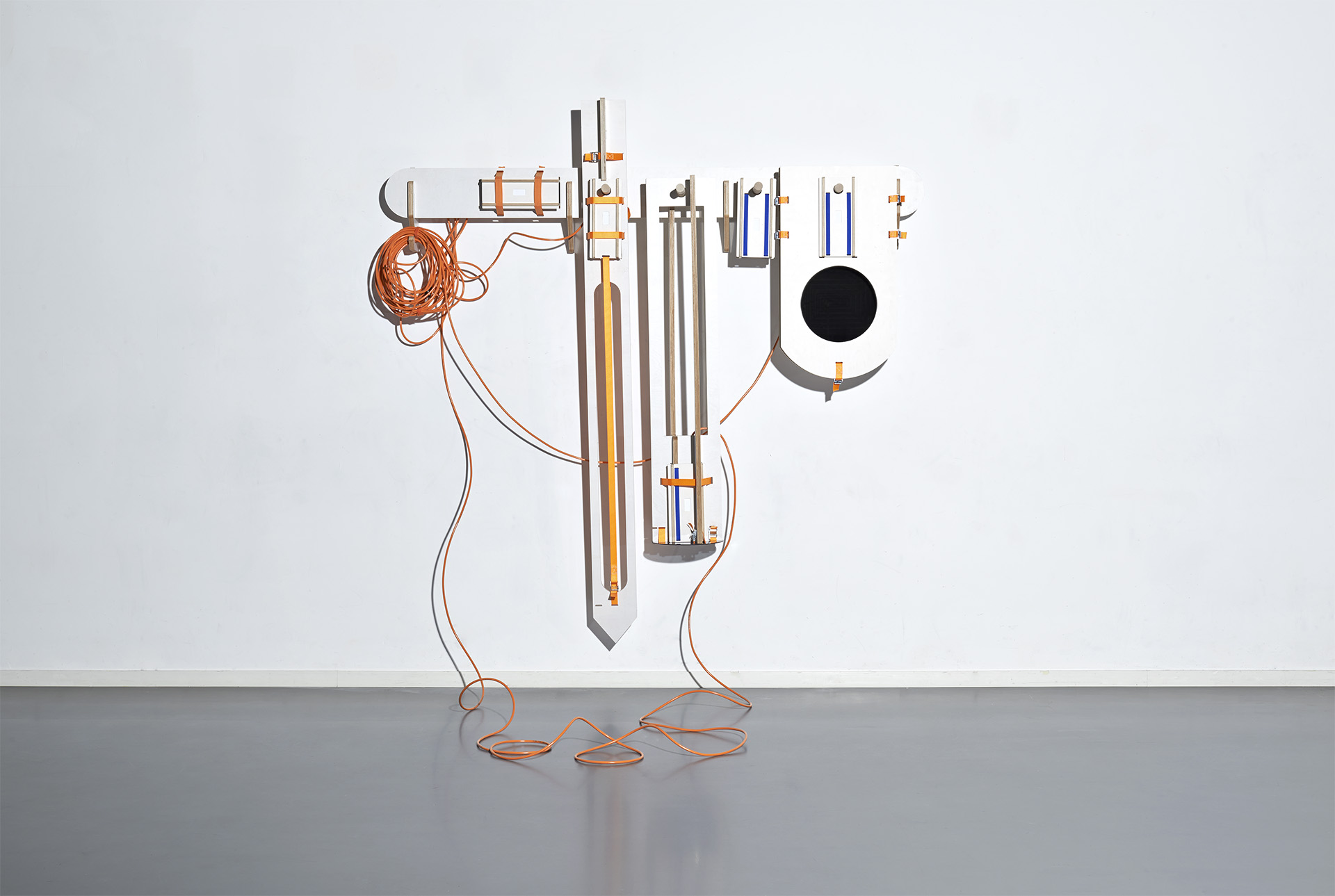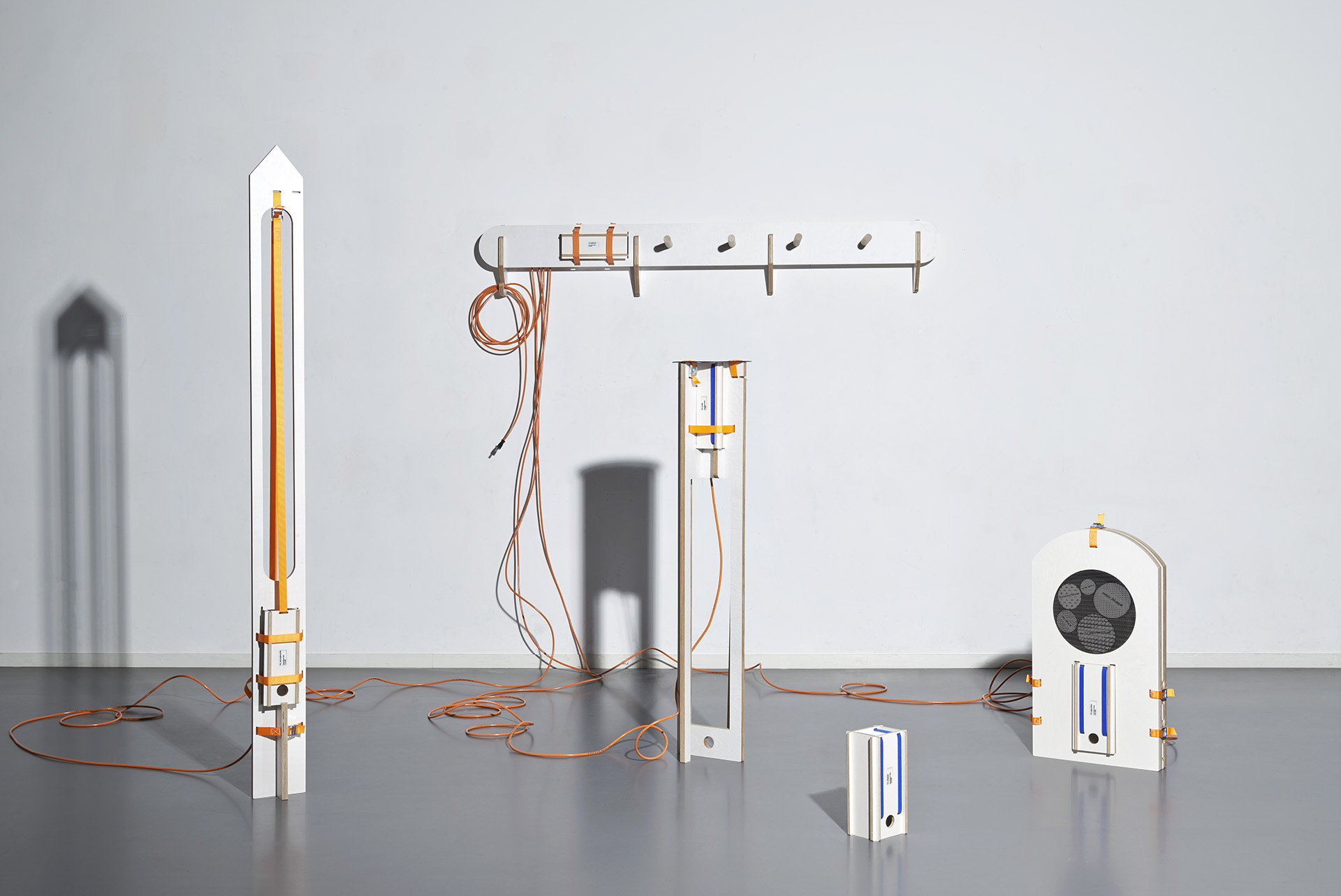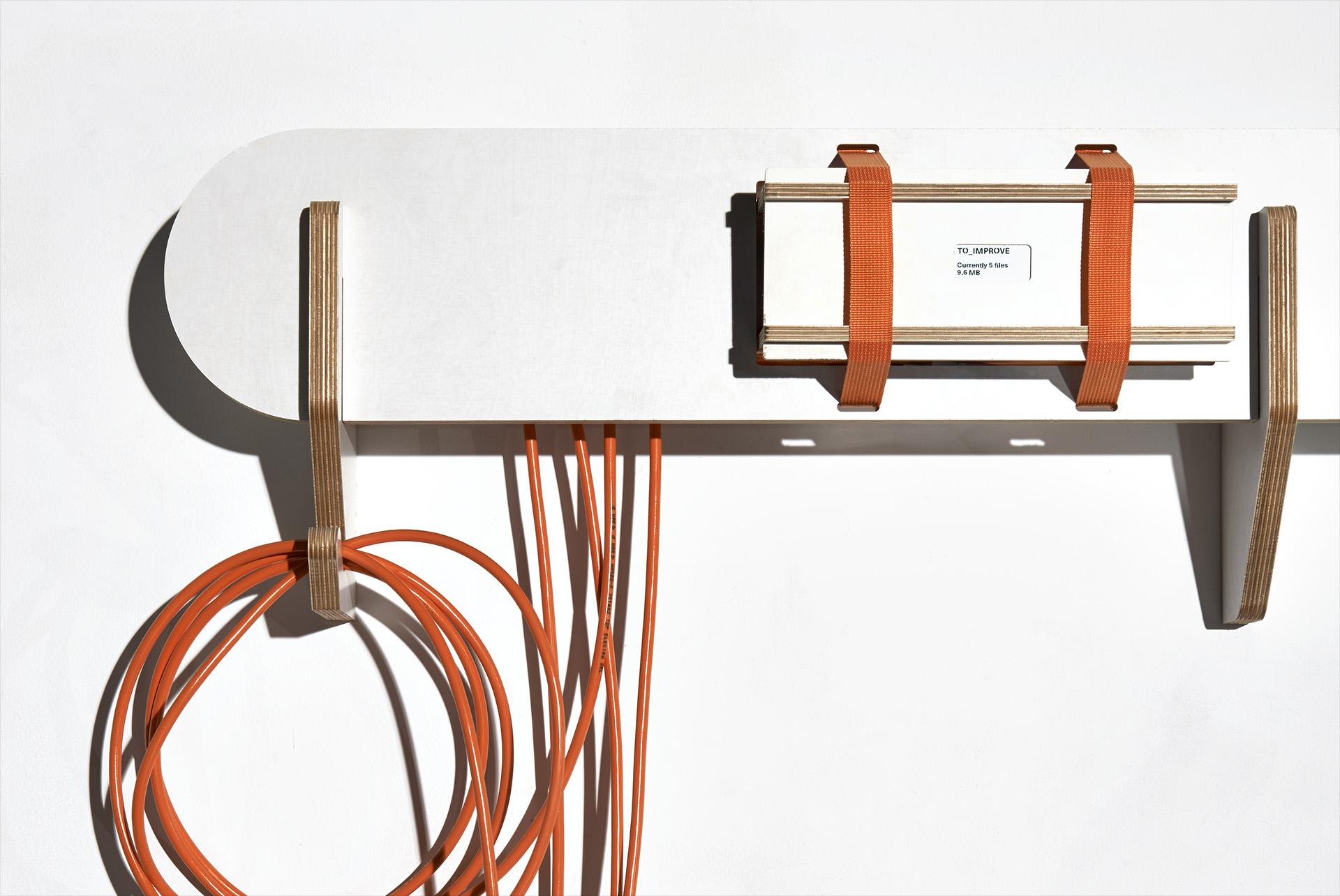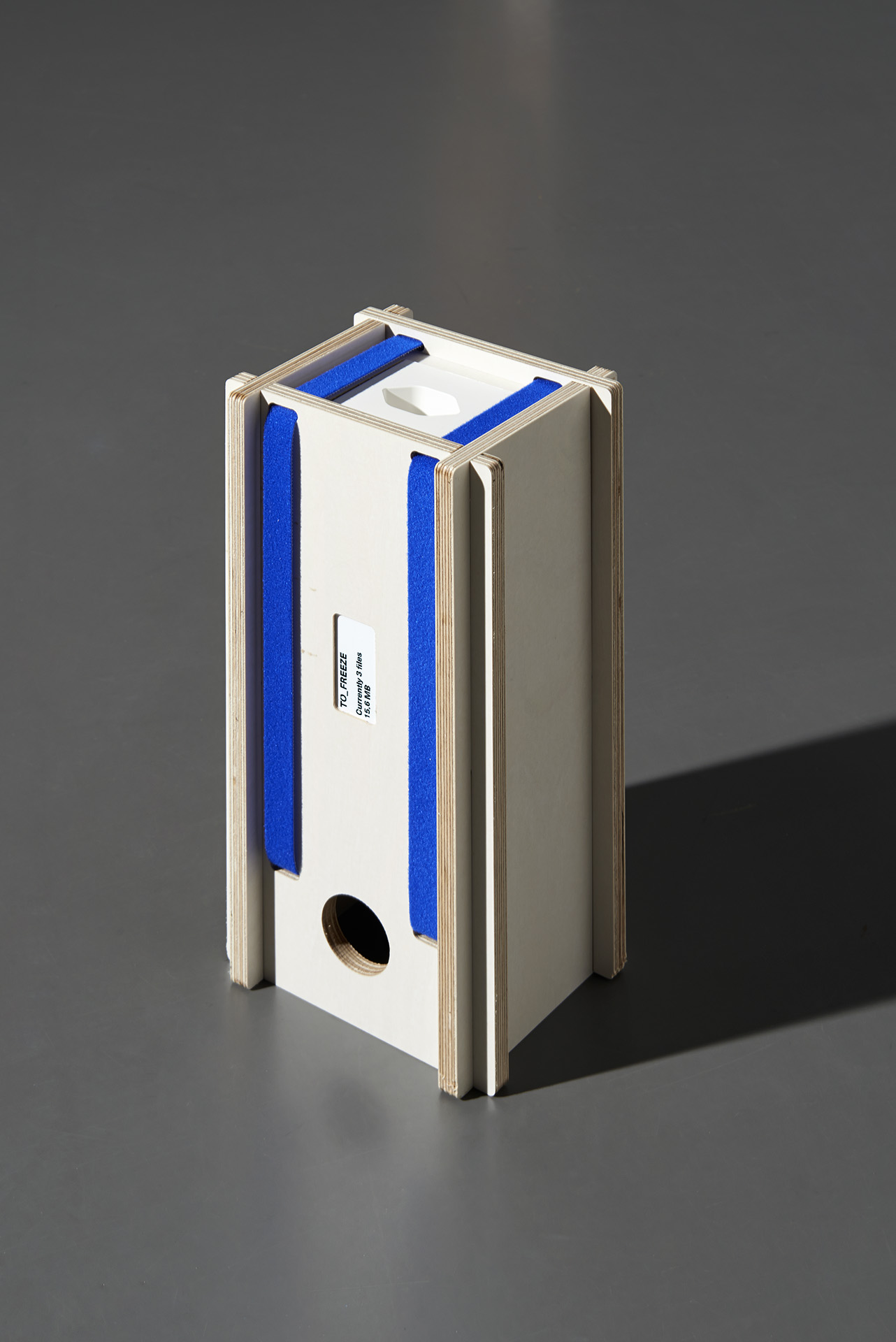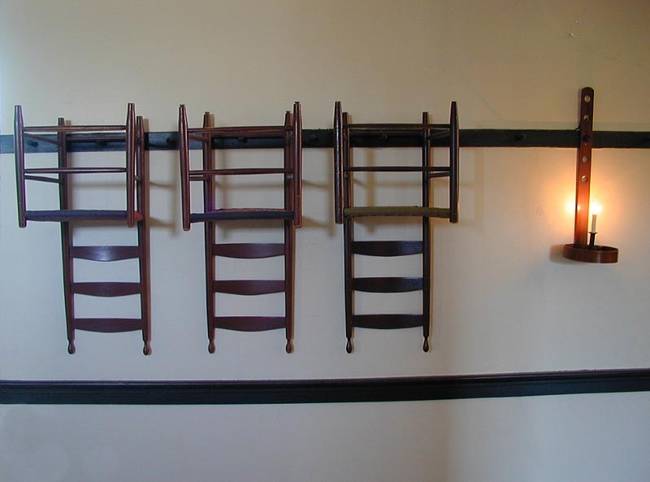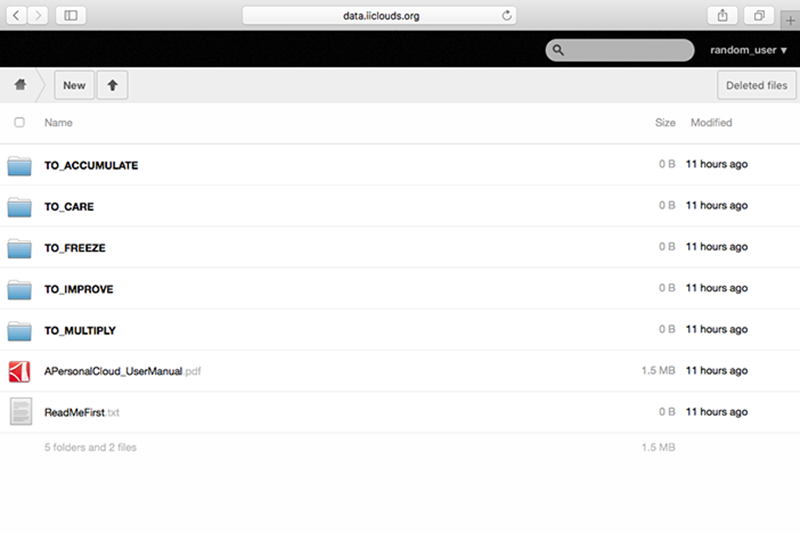Note: the post I&IC Workshop #6 with Sascha Pohflepp at HEAD: brief, “Cloud Gestures” presents the objectives and brief for this workshop.
The 6th workshop of our I&IC project lasted four days at the end of November and it was led by Sascha Pohflepp, with students from the Media Design program at the Geneva School of Art and Design (HEAD – Genève).
Cloud Gestures – A workshop with S. Pohflepp at HEAD – Genève from iiclouds.org design research on Vimeo.
Entitled “Cloud gestures”, the workshop addressed the representations people built when using cloud-based technologies, and, more specifically, the types of gestures they deploy when interacting with them. The group adopted a design ethnography approach to these issues, documenting everyday practices and designing artefacts that materialize the use of cloud computing services. This research direction aimed at generating insights, ideas and opportunities that will later be relevant for designing alternatives to existing systems.
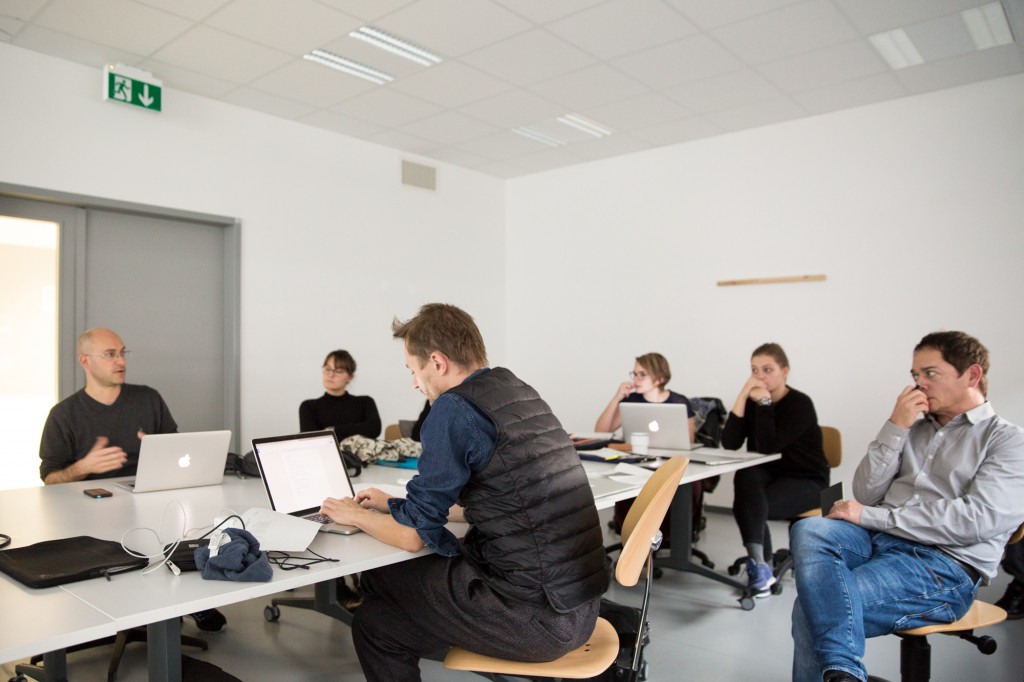
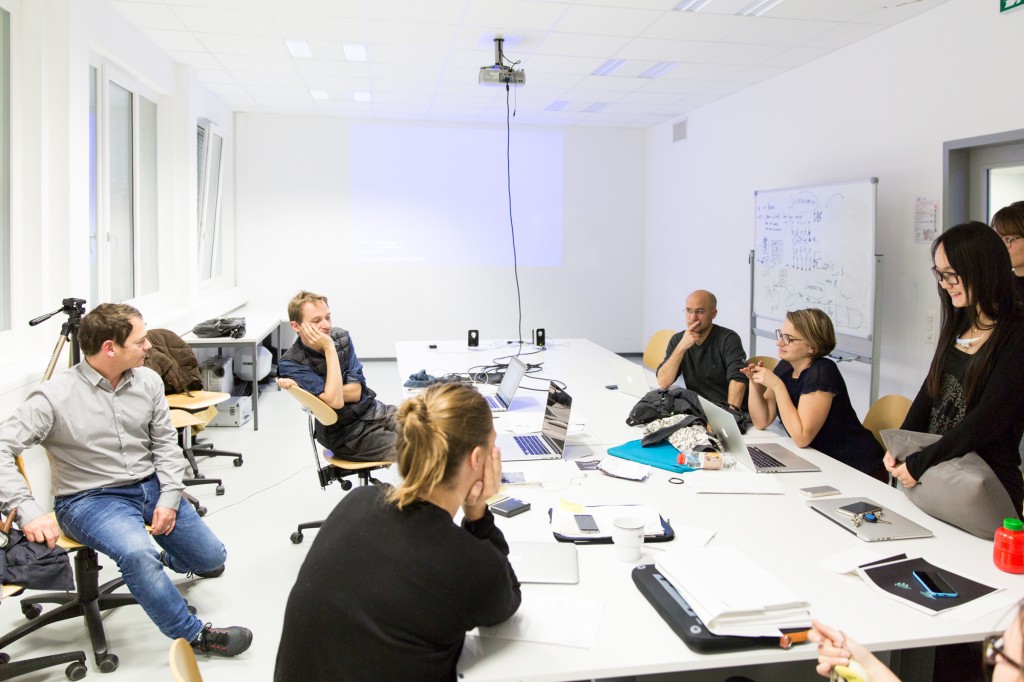
The three projects that emerge out of this workshop all address cloud gestures in their own way. The short amount of time devoted to field research/data analysis only led to hypotheses. Nevertheless, they can be seen as relevant directions to be explored in further investigations.
Project 1: “SARA” (Vanesa Toquero)
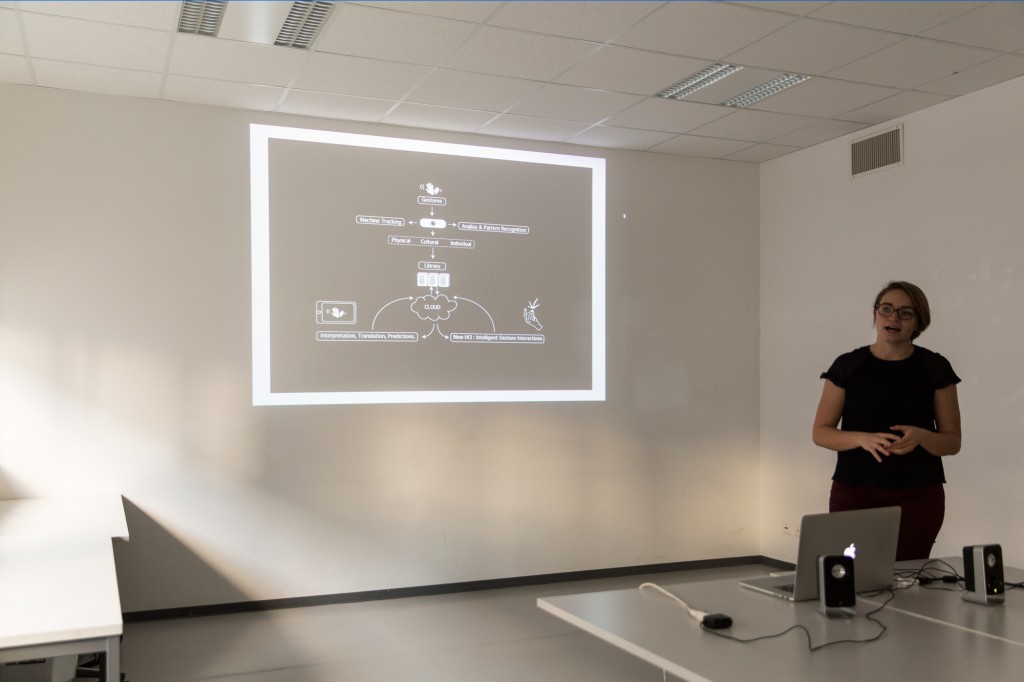
The project explored the notion of predictions, and how data collected by sensors (and located “in the cloud”) could be used for anticipating future situations and behaviors. The student selected a group of users and asked them what gestures they did when they wanted to anticipate something, to make a decision, what happens if rain was coming, what happened if they were to receive tons of data. She videotaped this material, following their hand movement (people protecting their head, slapping their fingers, etc.). To some extent, this can be seen as a poetic depiction of anticipatory gestures, as such motion may be remotely connected to cloud technologies. The hypothesis the student wanted to explore consisted in investigating how predictions that could come from the cloud may materialize, or may be triggered by users.
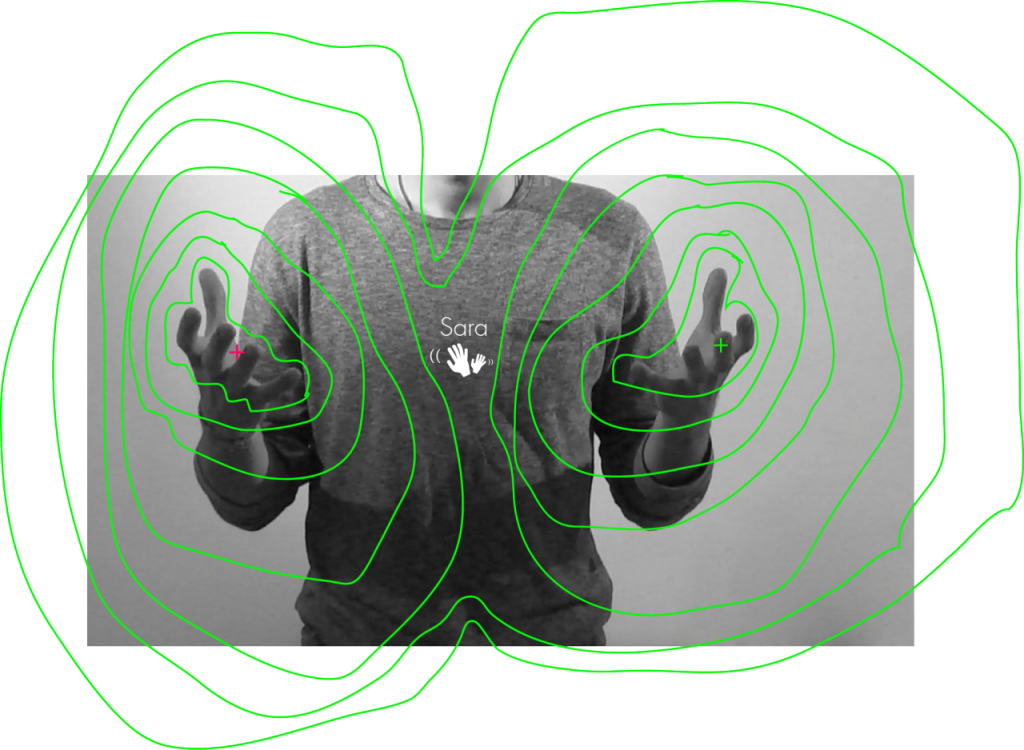
The output of the project is a series of little films of people talking about the future, video of human users as seen from “a machine eye” that tracks the movement of one’s hands, and detecting their intentions. Such films show how our body language, the non-verbal communication we put in place, could be a relevant way to interact with machines and cloud technologies.
Project 2: Cumul0mainbus (Sara Bourquin, Hind Chammas)
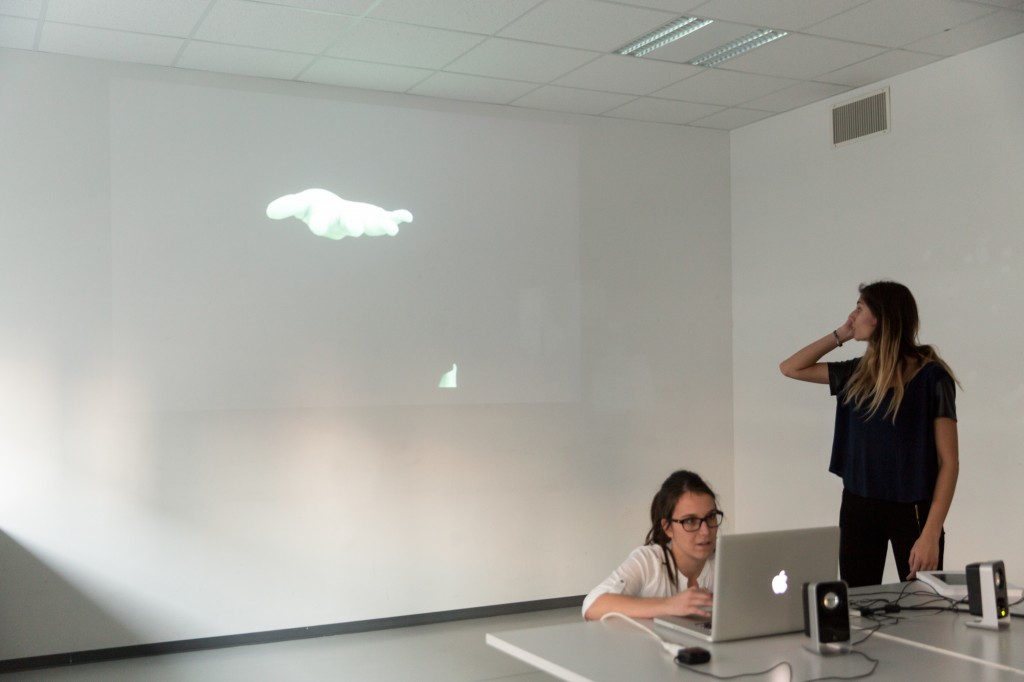
The group approached a group of teenage students and interviewed them about their knowledge about the Cloud, social media and networked technologies. They ask them which action they do repeatedly when they use such platform… which led to a series of “verbs” described by the users: typing, commenting, sharing, liking, stalking, uploading, communicating, etc.
They then asked the teenagers to recreate them through gestures, which they videotaped in order to document these so-called “cloud gestures”. Interestingly, the group noticed how these users “use their own selves/their body as a reference” and that the gestures proposed were homogeneous between the people interviewed. The next step consisted in selecting the most salient gestures (classifying, sharing, organizing, blocking, stalking) that the group then recreated by filming them in two colors in order to create flip-books.
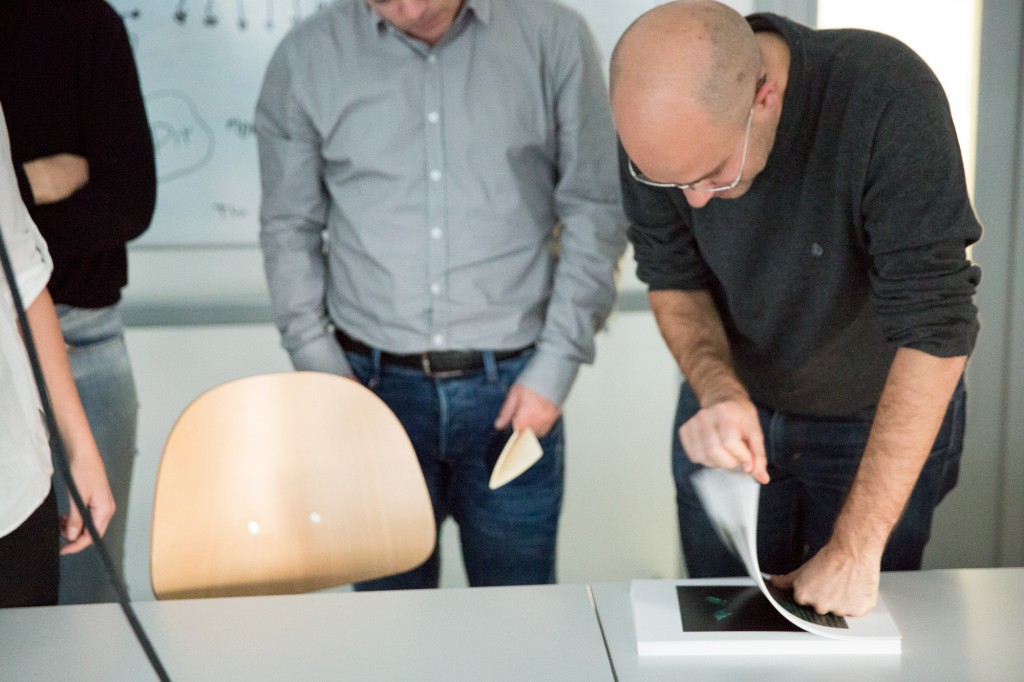
These flip books could be seen as a documentation of cloud gestures, a material depiction of everyday interaction with cloud technologies. The other end of the data center so to say. The project’s name – Cumul0mainbus – is a pun, a portmanteau word based on the name of a cloud type, and “main”, the French word for “hand”, revealing the intersection of gestural interaction and cloud tech.
Project 3: Cloud-up (Marianna Czwojdrak, Léa Thévenot, Eun-Seun Lee)
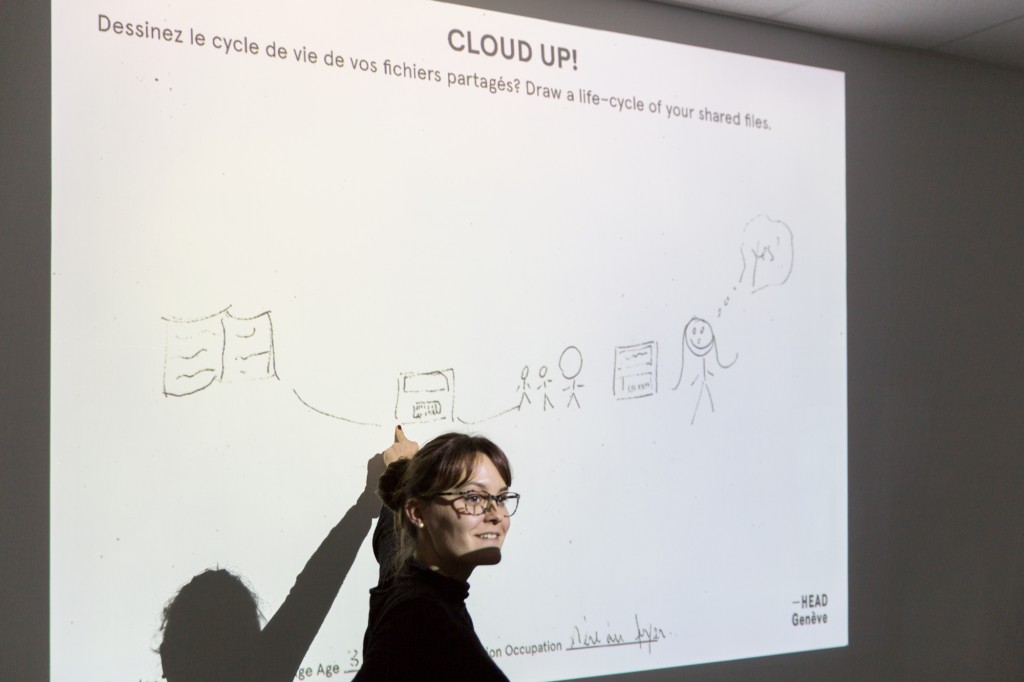
The group selected a diverse set of individuals and ask them to elicit their representation of the cloud on paper. In order to do that, they asked these people to “draw a life-cycle of your shared files”. As the question may be a tad too technical, they told them to represent what happens to their files as they use them. Their intention was to find out how people think about such issues, as well as discuss the temporality of digital content. One of the reason that motivated such approach was that “people did not understand what we meant by cloud”, as expressed by one of the group member.
The drawings produced were quite abstract. One of the user represented the Cloud as Egypt’s pyramid because “whatever I share, it’s shared with my family in Egypt”. Another described a series of steps that show what happen to one’s file from a computer to a server (the latter being represented as humans). This made the students realize no one really knew how the cloud work. An additional remark is that no one raised issues about surveillance.
The students then chose the three most interesting drawings and created textual interpretations of this material. Using this, they then created a series of User Interfaces that describe the cloud interface/functionality as envisioned by the person interviewed. Each highlight potential needs and interests regarding cloud functionalities:
- Heaven/hell interface: you can decide whether your file would stay or vanish after a certain point in time
- The cloud party: files are “drunk”/partying, there’s some partying time for the file and you need to be sober so that you can download them
- ”Space wars”: when you upload/download files, they would duplicated themselves/leave traces in other places, so there are multiple instances of files (duplicates)
